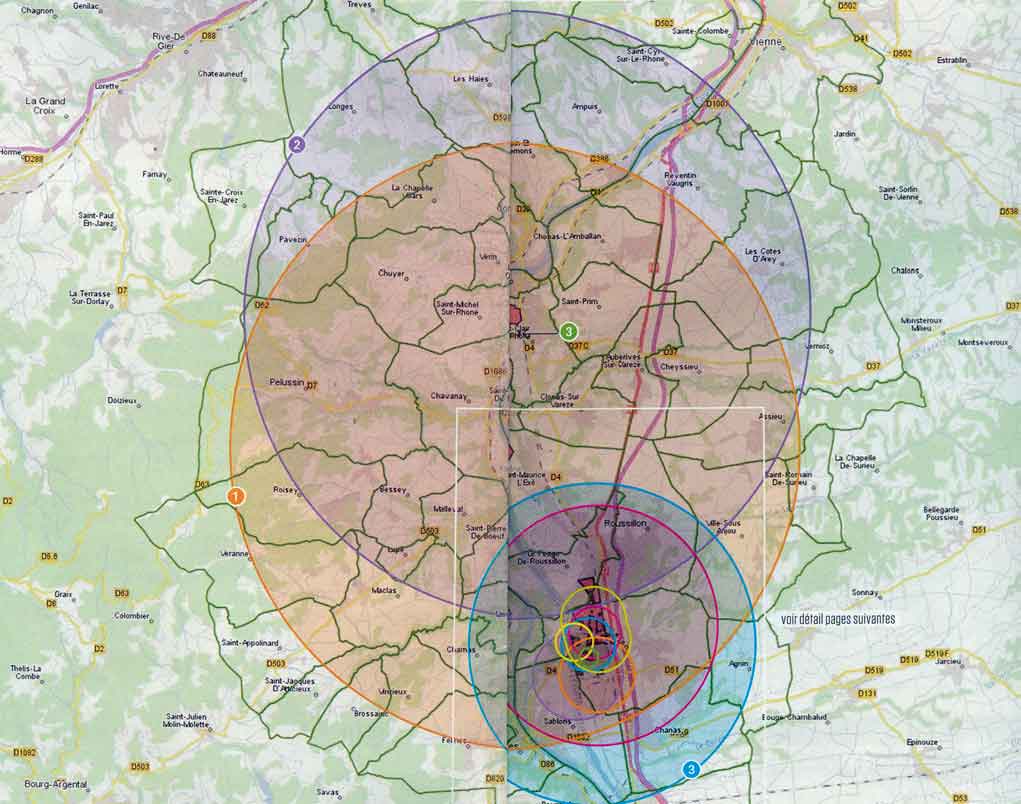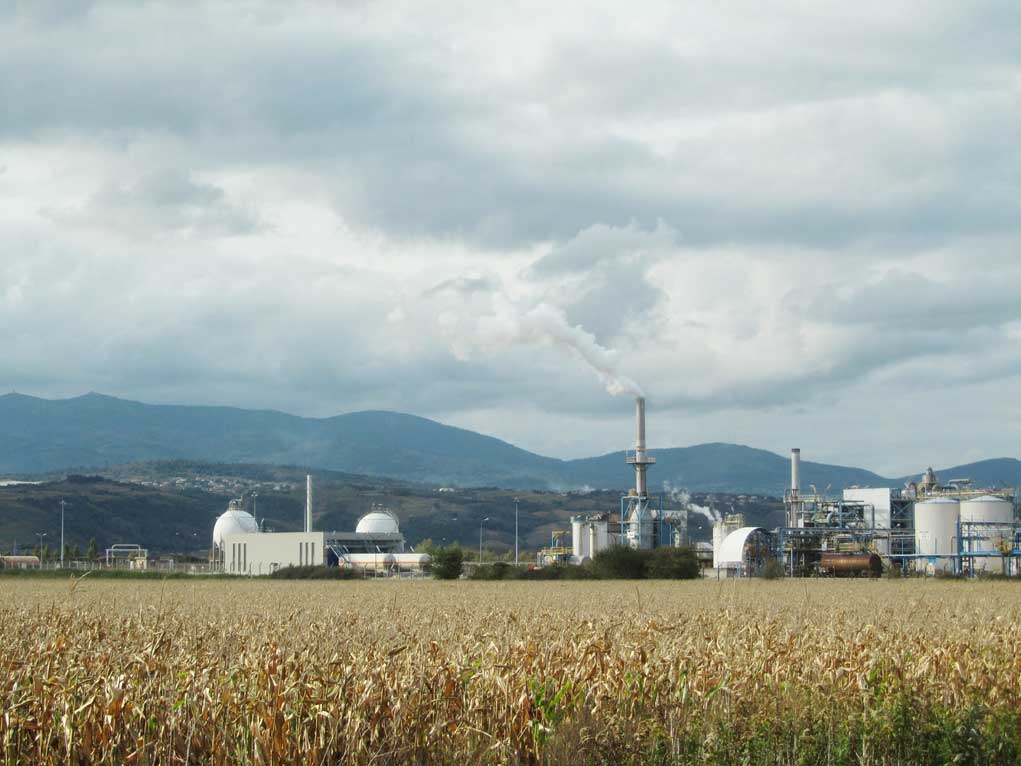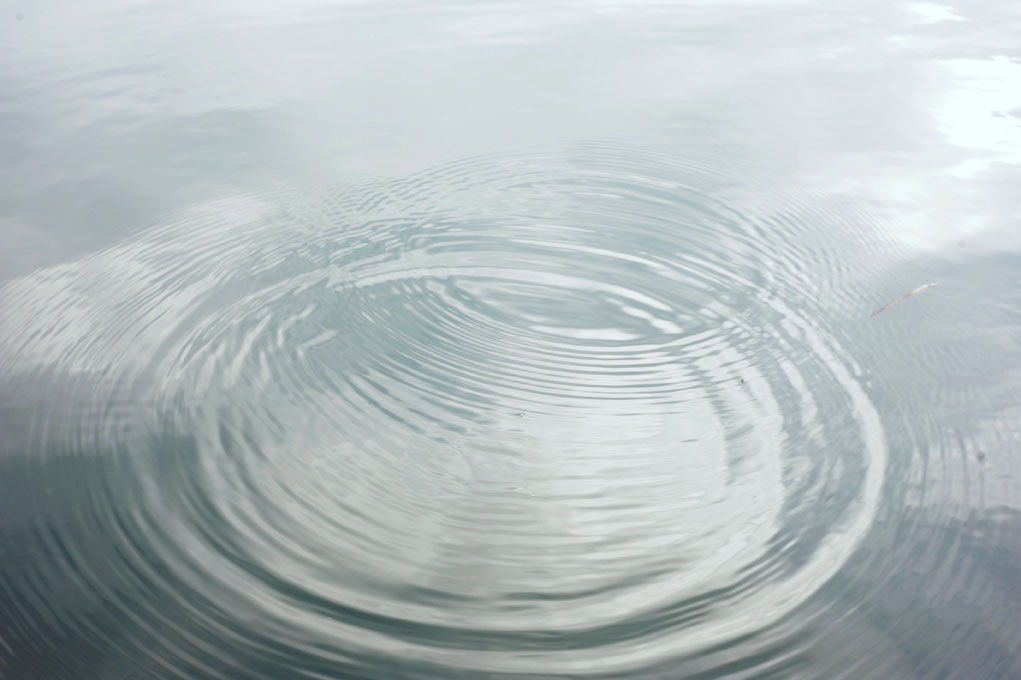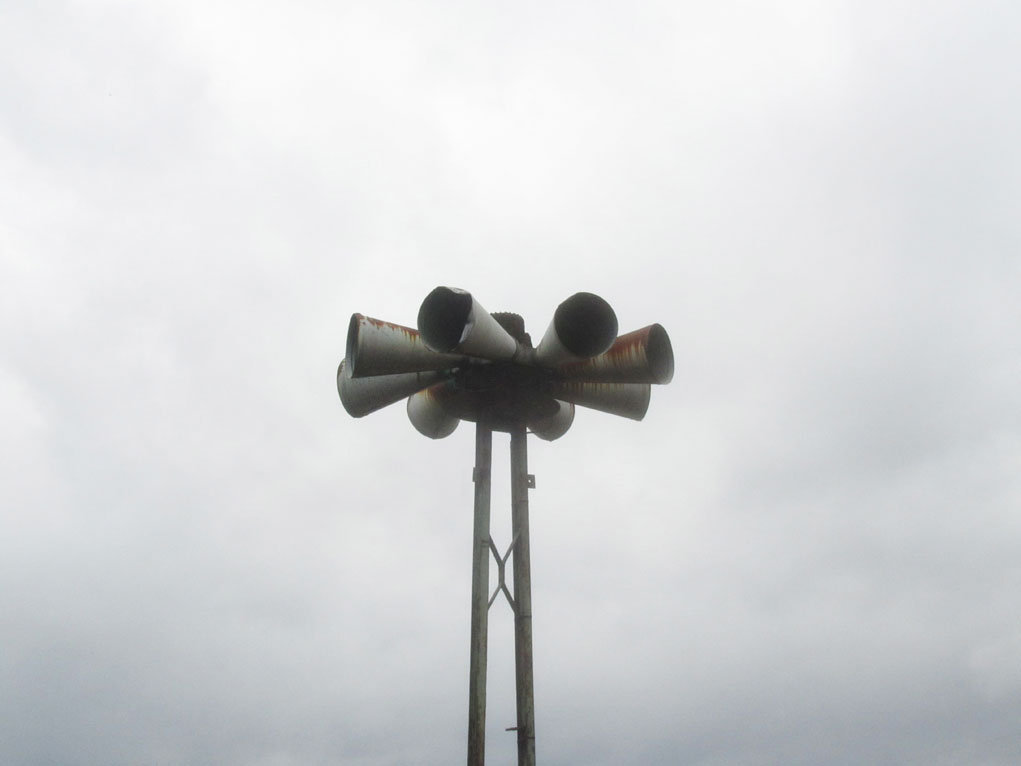2013
Sablons, Rhone-Alpes, is a place along the Rhône with a high concentration of industries and storage warehouses of highly dangerous chemical materials, waste incinerators and nuclear power plants. Each family which lives in that area receive an information booklet about the industrial risks on the territory, with information about companies, dangers and what to do in case of accident. The risk areas are circumscribed on a map with a radius in km from the industrial centre, as coloured circles mark the “limits” of the risk. Sablons is located within three circles, blue, orange and fuchsia, and very close to other seven.
What does “risk” means? What importance to give to something that the same institutions, as well as they accept and promote/while accepting and promoting the “development” of territory and society, present to us as “risky”?
In addressing some discomfort I felt in being there, perhaps guilty of the agro smell that once a week wafted in the air I breathe, and to better understand what it means to accept a certain degree of risk, I found the words of Roland Desbordes, the president of CRIIRAD (Commission de Recherche et d’Information Indépendantes sur la Radioactivité), a study and information centre created in 1986 following the Chernobyl nuclear accident.
“There are rules but they are impressive on the health plan, ie the dose limit of one millisievert per year is not the non-risk limit, but the limit of the acceptable risk. It means that above the line there is an unacceptable risk and below is not that the risk does not exist, it is only acceptable. This is written in official texts.
For the common people acceptable means no dead, and no health impacts, however, things are not so. Acceptable really means a number of deaths for a tot thousand of inhabitants linked to the risk of nuclear power plants, nuclear waste or uranium mines; it is an economic criterion depending on the interests compared to health damage. But it is clear that it is not a democratic choice, but a choice of experts who have managed to make people believe that the limit is the limit of no risk, and this is totally false.”
The food industry fully participates in these dynamics, at the expense of the quality of food and lands which are depleted of vital substances and contaminated by intensive agriculture.
During the residency I researched industrial agriculture, as a practice with a strong environmental impact; I studied the Theory of Degrowth proposed by Serge Latouche; I talked with Jean-Claude Girardin, former salesman (retired) of plant protection chemical products for agriculture, which now presides over an environmental group to “save our future”; I recovered some of the principles of Biodynamic Agriculture on the needs of the living; I lived with a snail.
From this research came the exhibition Risque Acceptable, with three works and a little limited edition.
Tavolo la cucina con lumaca ragionando sui limiti



